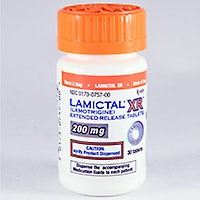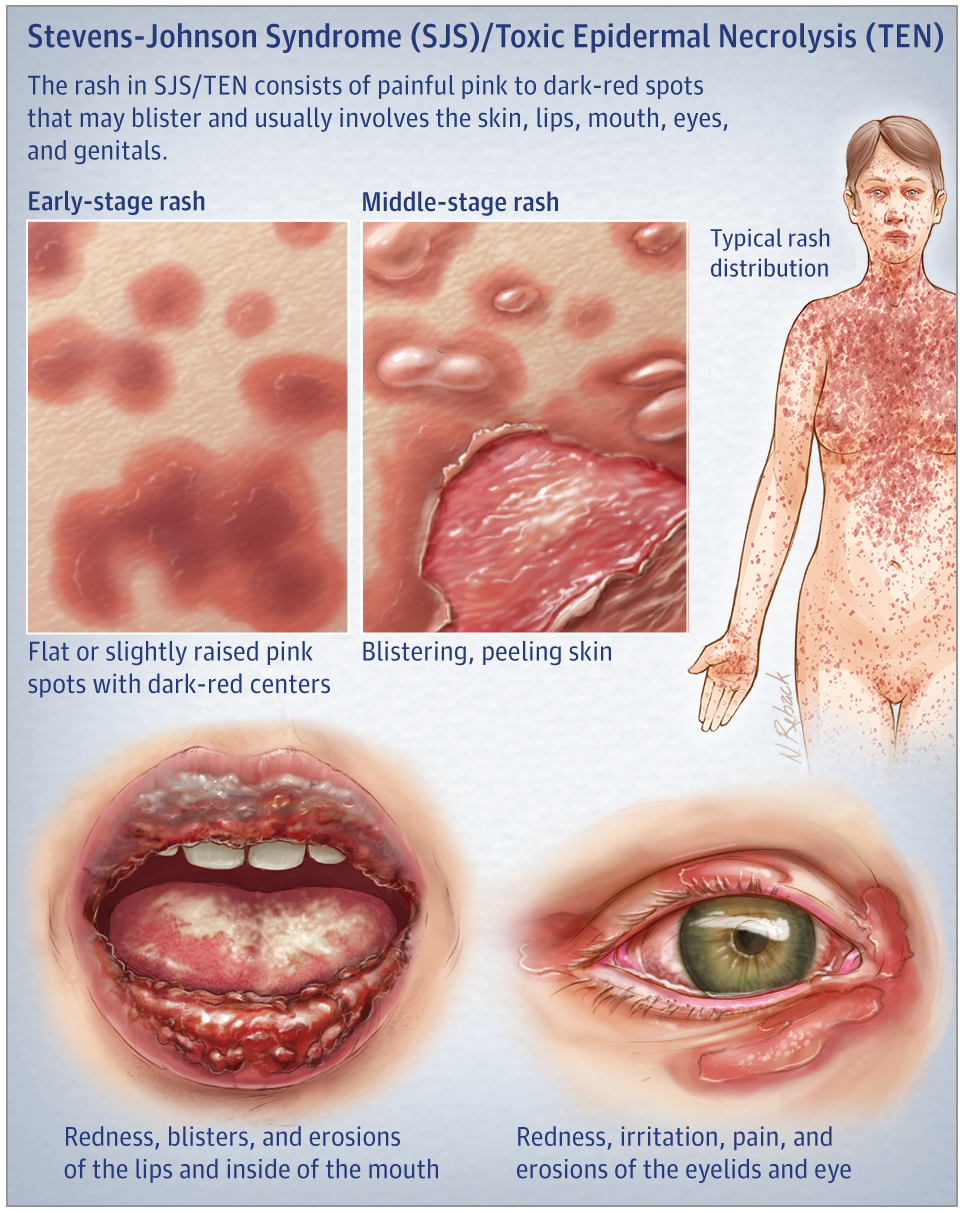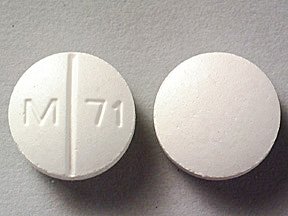When the U.S. Food and Drug Administration (FDA) limited the use of Uloric in February of 2019, allopurinol became the primary medication for the treatment of gout, which could also trigger a rise in Stevens-Johnson syndrome and Toxic Epidermal Necrolysis (SJS/TEN).

Gout typically occurs near the base of the big toe, but it can show up in any joint: fingers, knees, ankles, elbows, and wrists.
Gout is a painful type of arthritis that affects approximately 8.3 million people in the US. It is caused by excess uric acid levels, but medications like Uloric and allopurinol can control and manage uric acid levels. When a clinical trial revealed that Uloric was linked to an increased risk of heart-related death, black-box warnings were added to the medication’s label and the FDA ordered that it no longer be considered a first-line treatment for gout, and allopurinol use increased.
SJS/TEN Connected to Allopurinol Use
Although the most common side effects of allopurinol are upset stomach, diarrhea, and drowsiness, research has found that SJS/TEN is also linked to its use. Allopurinol has been found to be among the medications most likely to cause SJS/TEN in the U.S.
Once thought to be completely separate conditions, the National Institutes of Health now considers SJS/TEN to be a continuum of the same reaction. Beginning with flu-like symptoms, SJS/TEN often progresses to blistering and peeling of the skin within a few days, and the affected area resembles a hot water burn.
Common Symptoms of SJS/TEN
- A skin rash
- Painful urination
- The presence of blood in the urine
- Irritation of one or both eyes
- Lip or mouth swelling
- Fever
- Sore throat
- Chills
- Loss of appetite
- Unexpected weight loss
- Itching
Allopurinol Lawsuits Being Filed
Lawsuits are being filed by those who have developed SJS/TEN after taking allopurinol. The people bringing these cases are requesting compensation for a number of damages caused by allopurinol use and the resulting incidence of SJS/TEN, including reimbursement for medical bills, lost wages, and pain and suffering.
Other Stevens-Johnson Syndrome News
A study has found that survivors of Stevens-Johnson syndrome (SJS) have a higher risk of cardiovascular problems, specifically cerebrovascular accidents and ischemic heart disease, compared to the general population.
Medical negligence may contribute to Stevens-Johnson Syndrome (SJS) or Toxic Epidermal Necrolysis (TEN). Learn how drug errors, misdiagnosis, or lack of warnings could support a legal claim.
Lamictal has been linked to Stevens-Johnson Syndrome (SJS), a life-threatening skin reaction. Learn how improper prescribing or dosing may lead to serious injuries and legal action.
If you've been diagnosed with Stevens-Johnson Syndrome or Toxic Epidermal Necrolysis, it’s critical to act quickly and consult an experienced attorney to protect your legal rights and potential claim.
Allopurinol, a common gout medication, has been linked to Stevens-Johnson Syndrome—a rare but serious skin reaction that may require hospitalization and lead to long-term complications.
Improperly prescribed Allopurinol and Lamictal are leading causes of SJS/TEN. Learn how medical errors may have contributed to your injury—and why early legal action is essential.







